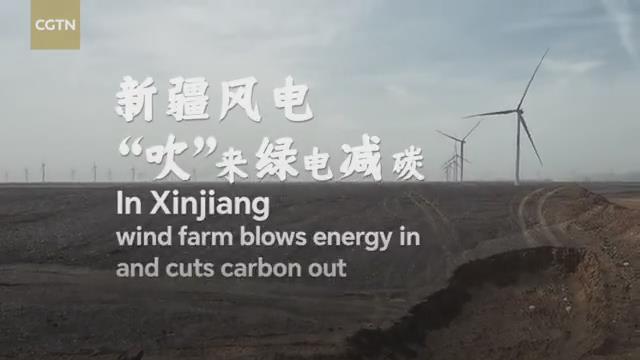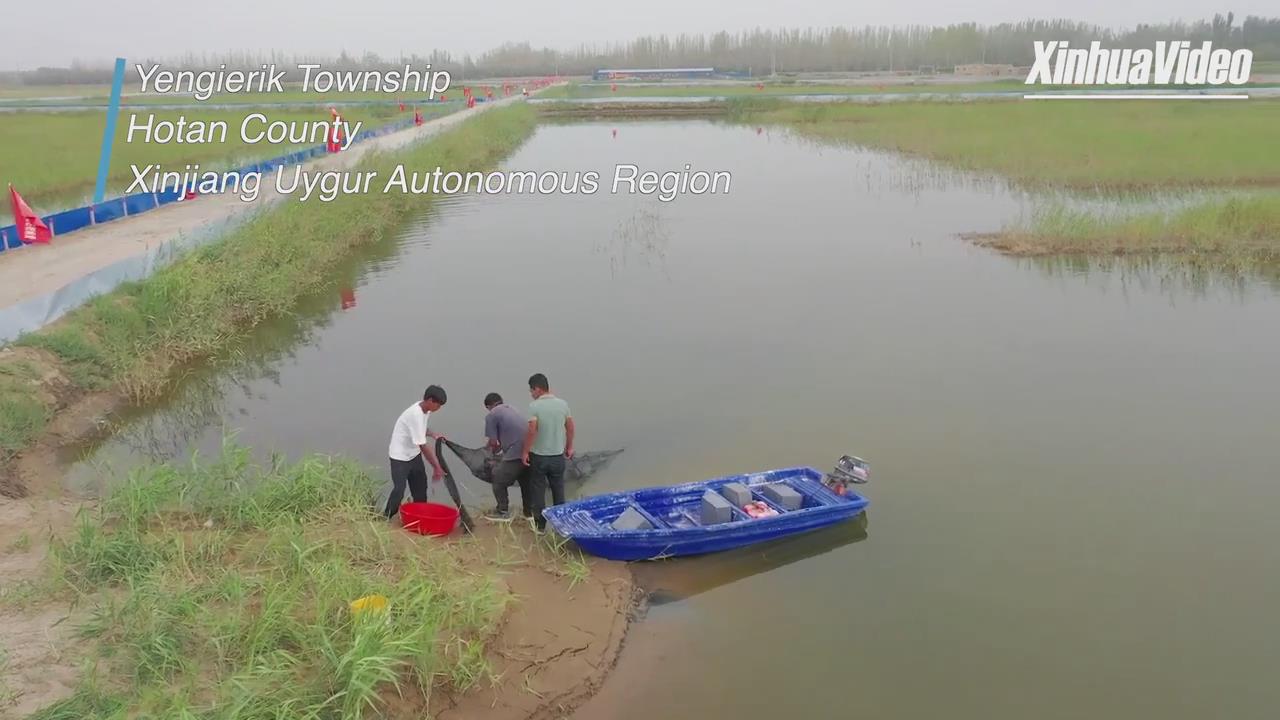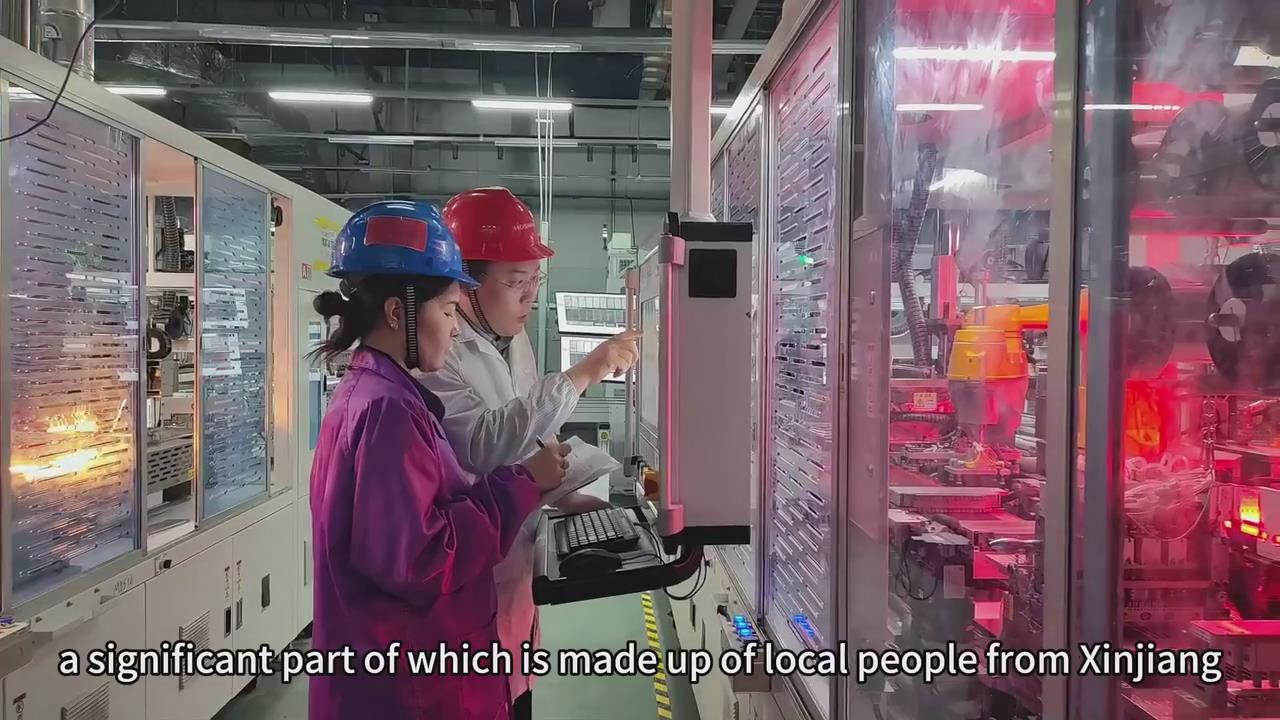In a recent development, the Tianchi scenic spot, a 5A-rated tourist destination in China, has officially adopted intelligent dynamic power protection sensing terminals, marking a shift from traditional to smart power protection methods.
The terminals are designed to meet the flexible power protection need through rapid installation and removal. Developed by Xinjiang Changji Power Supply Co under the State Grid Corporation, they can also achieve full coverage monitoring of key power protection nodes and meet the plug-and-play requirements, said the power operator.
Furthermore, these terminals can also replace existing manual surveillance by continuously monitoring the status of critical power protection nodes by sending electrical quantity and geographical location information to the monitoring platform at regular intervals.
“In the case of a power outage, they can instantly report fault statuses, assisting in analyzing fault types and areas, thereby providing a basis for fault judgment,” said a technician from Xinjiang Changji Power Supply Co.
The application of these terminals is expected to significantly reduce the manpower and equipment investment costs of power protection operations, while comprehensively enhancing the efficiency of fault repair operations, said an official with the scenic spot.
In recent years, with the continuous improvement of user demand, power protection tasks have become more extensive, especially in seasonal and temporary power protection tasks, imposing higher requirements on both efficiency and effect.
Existing power protection measures often require personnel to conduct on-site inspections, using up lots of resources and imposing heavy pressure on power protection tasks. In response to this issue, Changji’s power supplier has proposed the development of mobile intelligent power protection sensing terminals for low-voltage distribution network operations, aiming to replace traditional manual power protection operations with digital devices.
An intelligent and digitalized power grid system has been a major topic in the country’s work plan in recent years. According to a recent guideline issued by the National Development and Reform Commission and the National Energy Administration, China aims to generally complete the transformation of the power distribution network into a flexible, intelligent, and digitized system by 2030.
As digital and intelligent transformation has become the main theme of today’s society, the electric power sector should continue to increase research and development and promote the application of digital technologies, driving deeper and more solid such transformation, said Liu Yanhua, honorary director of China's national committee of experts on climate change, in a recent interview.
“One direction is to utilize AI technology to achieve intelligent management and optimization of complex power supply networks, thereby enhancing the efficiency and reliability of the power system,” Liu said.
In the next phase, the Changji Hui autonomous prefecture said it will continue to deepen the application of intelligent dynamic power protection sensing terminals and improve the development of the digital power protection platform, in an effort to provide users with a more secure and stable electricity supply and to back the local tourism industry.






















.jpg)










